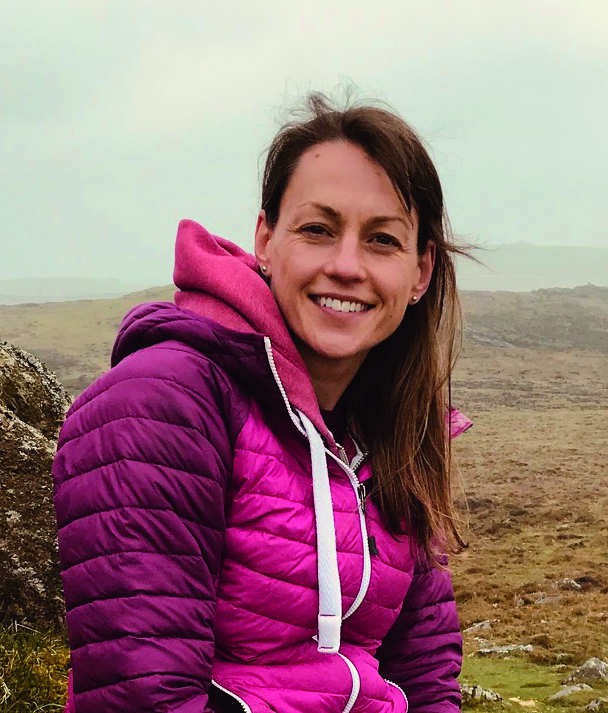1. Trailcam
Trailcams can be set up anywhere and then moved easily from one location to another. Unlike nestbox cameras, they don’t require wiring up and work right out of the box. They are triggered by motion sensors and record to an SD card, so that you can easily see the results. There are a host of budget systems on offer for around £50–100, but spend over £150 and you get higher-quality images.
2. Nestbox camera
By installing a simple nestbox camera you can get an intimate view inside the nest and an immediate idea of how successful each brood has been. You need to connect this type of camera to a TV or computer by feeding cables through an airbrick or window-frame air vent. Some even come with small microphones, so that you can hear as well as see what is going on. In winter cameras can be converted to a range of other uses.
3. Birdfeeder cam
Even a balcony or smaller garden will attract birds, and investing in a specialist feeder camera gives you a ringside seat to observe behaviour up close. Plenty of ready-made models are available, but you can also adapt nestbox cameras for this purpose – just make sure they are in a weatherproof housing. This can easily be adapted from plastic food containers.
4. Pond cam
CCTV technology, converted nestbox cameras and trailcams can all be used to capture wildlife around your garden pond. Frogs, toads, birds and small mammals are all possibilities here, and you could use GoPros or similar systems to get photos underwater.
5. Burrow cam
It’s easy to start experimenting with cameras in places other than nestboxes. “Things really started for me when I began to create my own ‘burrow cam’ using an upturned wicker basket with an adapted nestbox camera attached on the inside,” says Kate MacRae. “It took a few days for mice and voles to find the food I’d left inside. In the daytime there was enough light for colour images, and at night the infra-red continued the live feed to my TV.”
6. Martin cam
There are a range of specialist nestboxes for birds, from tawny owls to house martins, as well as for mammals such as squirrels and hedgehogs. The technology used in the cameras is the same, but the nature of the nestbox and the location in which you put it obviously changes. Choose boxes appropriate to the wildlife in your area and position them carefully.
7. Time-lapse
There are a number of cameras that enable time-lapse photography. You can buy cheap apps for your smartphone that allow you to create simple time-lapse sequences, and you can also program computers like a Raspberry Pi or buy a dedicated unit. The joy of this form of photography is the ability to reveal processes in nature that are often hidden, such as plants growing.
8. Record the weather
Being able to track wildlife behaviour against the weather starts to deliver some really powerful data. BBC Wildlife Local Patch Reporter Duncan Richardson has set his Rasberry Pi to record the weather every five minutes, and is hoping to use this to look for a correlation between weather, breeding times and blue tit chick survival rates, while also monitoring how often chicks are fed.
